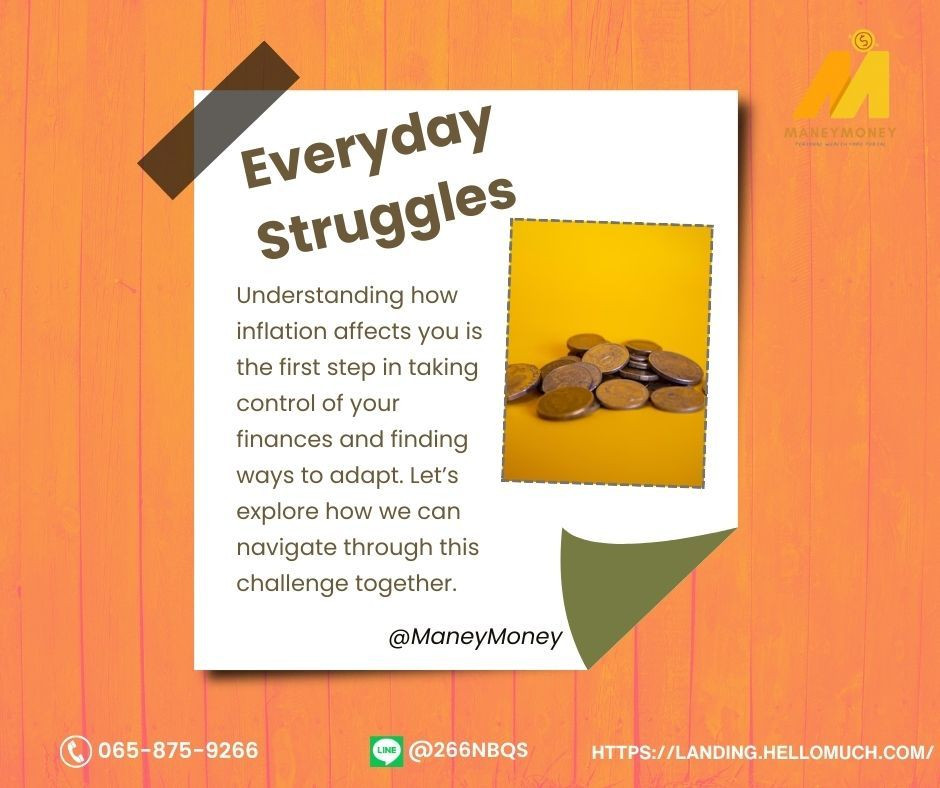Followed by the introduction, let’s dive into how inflation affects our daily life this time. 📊In Thailand, the Inflation rate updated in January 2025 is 1.32% which is lower than any other countries in Southeast Asia. While this rate is not considered high, it reflects moderate price increases in the economy. And it’s often seen as a sign of stability rather than a cause for concern which means prices are increasing at a manageable and predictable rate, rather than rising unexpectedly.📈
💡🔍However, inflation has a way of sneaking up on us day by day, quietly but steadily changing the prices of the goods we buy every day. It affects nearly every aspect of our daily lives from groceries, transportation to savings. One of the most immediate effects of inflation is the rising cost of everyday items. For example, we used to spend about 2000 baht each week on groceries. But after a few months of rising food prices, our weekly grocery bill jumped to 2200 baht – a 20% increase. That extra 200 baht might not seem like much at first, but over time, it adds up.
💡🔍For transportation, the cost of delivery services and public transportations are mainly affected due to the rise of fuel prices. In Myanmar, the inflation rate reached 27.51%, with fuel and transport prices experiencing notable increases.
💡🔍Inflation impacts not only household expenses and transportation but also savings and investments. With inflation outpacing the growth of savings accounts and bonds, the purchasing power of your savings decreases over time📉. For example, if inflation stands at 5%, and your savings account has a 1% interest rate, you're losing 5% of your purchasing power annually. The impact of inflation also stretches to wages. While wages may increase, they often don't keep up with inflation which leads many workers to less disposable incomes.💼💵
Stay informed for upcoming contents, stay ahead! 🔍🔍🔍
#ManeyMoney #มานี่มันนี่ #YourWealthWeCare #Inflation

Add New Comment